The Mi’kmaq Coalition’s 50 percent acquisition of Clearwater Seafoods offers a ‘model for Canadian seafood’ and economic reconciliation
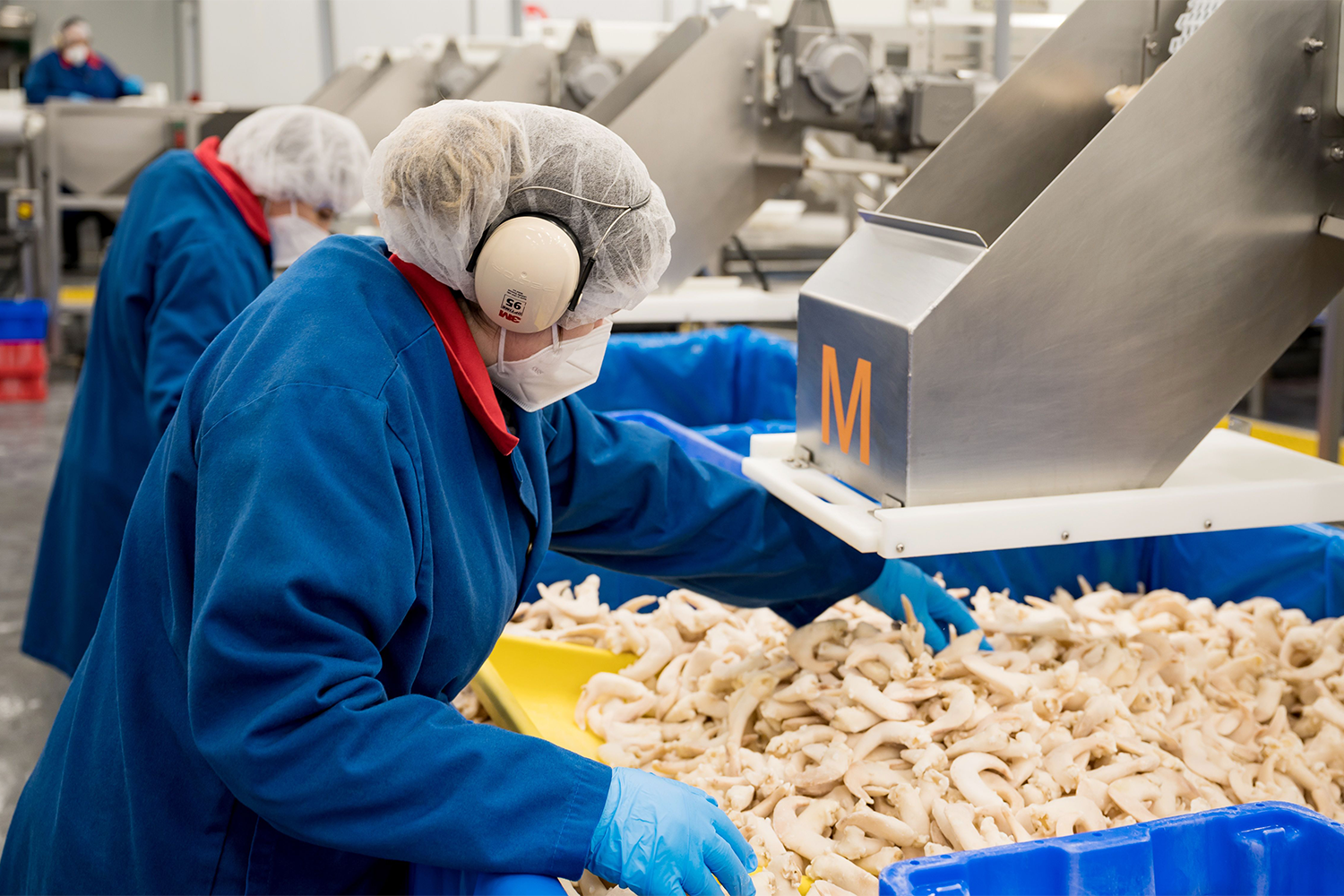
The seafood sector and Indigenous communities in Canada’s Maritimes have long been overshadowed by a cycle of troubling news.
For decades, disputes have erupted over the interpretation of hunting and fishing rights promised in the Peace and Friendship Treaties signed in the 1700s between the British and the Mi’kmaq, Wolastoqiyik and Peskotomuhkati nations. Although the Supreme Court of Canada affirmed these treaty rights in 1999 – the landmark Marshall case recognized the rights of Indigenous groups in Eastern Canada to hunt and fish for a “moderate livelihood” – differing interpretations of this ruling continue to spark conflict in the waters.
One of the worst conflicts occurred in 2020, when the Sipekne’katik First Nation issued their own lobster licenses to trap and sell their catch outside the federally regulated season. Some non-Indigenous inshore fishing interests reacted badly to this move, leading to protests, confrontations on the water and even acts of vandalism, arson and violence against Mi’kmaq fishers.
Since December 2022, federal conservation officers have reportedly seized more than 7,000 lobster traps as other Mi’kmaq bands have launched their own moderate livelihood ventures, pursuing charges against Indigenous fishers. Many Indigenous fishers are contesting the charges, asserting their constitutionally protected rights to catch and sell fish when and where they want.
“In the treaties in Canada with the First Nations, every single one mentions fisheries specifically,” said Ken Paul, principal/owner of Pokiok Associates and lead fisheries negotiator and research coordinator for the Wolastoqey Nation of New Brunswick. “It’s not just about getting a fishing license from Fisheries and Oceans Canada (DFO) – it’s about governance of the entire fishery itself.”
However, it’s not all bad news. Although the Atlantic Canada disputes mostly revolve around the moderate livelihood sector, successful partnerships between large-scale commercial offshore fisheries and Indigenous communities are popping up across the country. Perhaps the most compelling example is Clearwater Seafoods, which in 2020 announced a billion-dollar deal to sell the company to Premium Brands of British Columbia and a coalition of seven Mi’kmaq First Nations in Nova Scotia, Newfoundland and Labrador. Today, the 50/50 partnership model is living proof that when working together, everyone stands to benefit.
“Clearwater is the largest Indigenous-owned seafood company in the world,” said Christine Penney, Clearwater’s vice president of sustainability and public relations. “It’s an incredible model from a Canadian perspective, but it’s also very unique on a global stage.”
‘We were restricted for so many years’
To understand why the Mi’kmaq Coalition’s acquisition of Clearwater marked a major milestone for Indigenous peoples in Canada, you need to go back several centuries.
For thousands of years, fishing was at the heart of traditional life for the Mi’kmaq, who derived up to 90 percent of their food from the sea. Their leadership prioritized skillful management of the fishing and hunting economies and communities were strategically located near water bodies to optimize fishing, which was vital for sustenance but also central to their ceremonies and traditions.
After the 1713 Treaty of Utrecht declared Acadia as British territory, the English created fishing settlements on Mi’kmaq land without their consent, triggering conflict over valuable fishing areas. The Mi’kmaq, who have never historically or presently ceded their land, raised concerns about these unauthorized settlements’ effects on their communities and environment. In 1720, Mi’kmaq Elders told the Governor of Ile Royale at their annual meeting that they were upset about overfishing by the English and would take action to protect their people and land.
As colonial interests grew, settler activities, like dam construction and fishing area occupation, disrupted the Mi’kmaq’s traditional fishing grounds, while industries like mining and logging further damaged fish populations. With their way of life compromised, the Mi’kmaq faced limited options and became more dependent on government support.
In the 1940s, under the guise of promoting “self-sufficiency,” the Department of Indian Affairs forced the Mi’kmaq to leave their established reserves, usually small in size, and move to two central locations, namely Eskasoni and Shubenacadie (as it was then called). This uprooting devastated the communities, leading to poverty, poor living conditions and even greater economic dependence.
“Through colonial practices and government policy, we were restricted for so many years from doing traditionally what we did as Indigenous people – fish the water in this territory,” said Cheryl Copage-Gehue, director of Indigenous relations at Clearwater Seafoods and a member of Sipekne’katik First Nation. “We never truly had access to the offshore fisheries.”
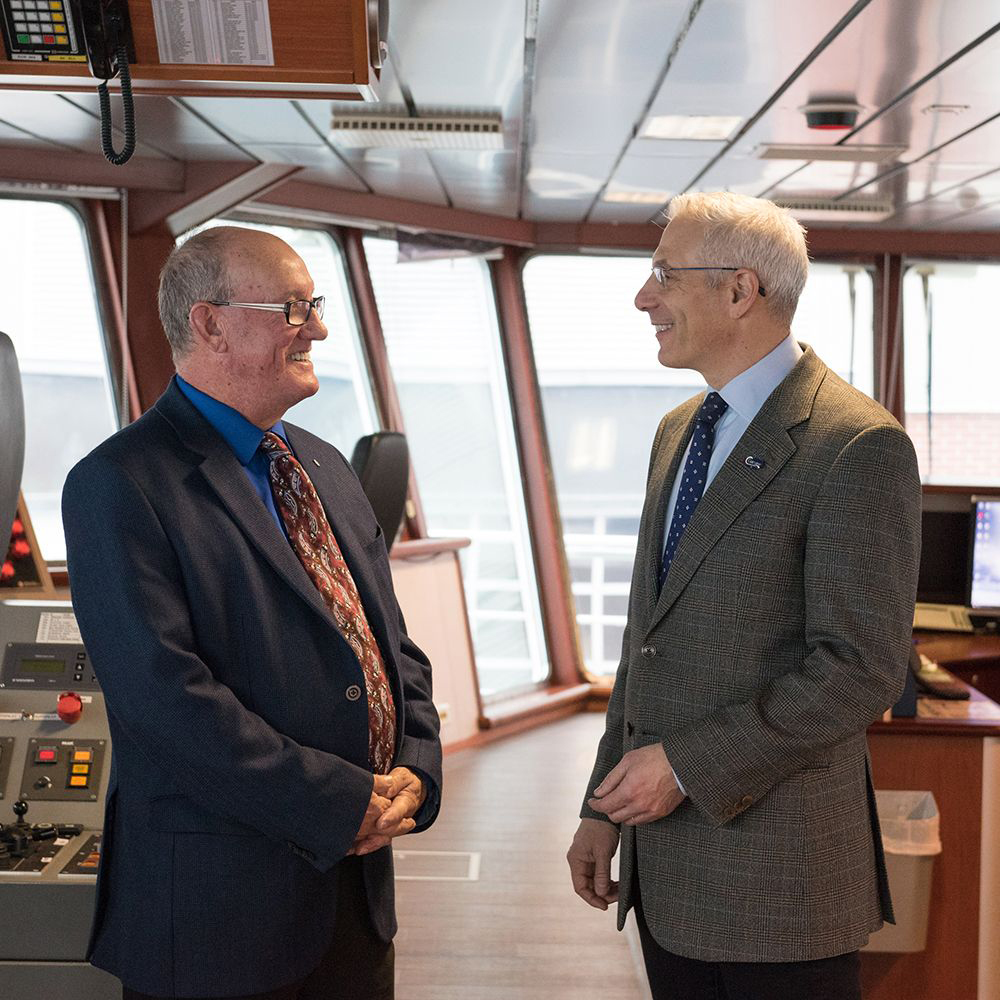
‘A model for Canadian seafood’
In light of this dark history, the Mi’kmaq Coalition’s purchase of half of Clearwater is a big win toward reclaiming fishery ownership for First Nations. It’s the largest investment by an Indigenous group in Canada’s seafood industry, with then Membertou First Nation Chief Terry Paul describing it as a “generational acquisition.”
“The Clearwater acquisition was transformational,” said Copage-Gehue. “For us to overcome what has happened to us, we need to create our own source of revenue. Investing and owning companies like Clearwater creates employment opportunities, as well as paths to pay for things like education and housing.”
In North America, Clearwater is the largest shellfish producer and holds Canadian harvest licenses for various species, including lobsters, scallops, crabs and clams. It also has harvesting operations in the United Kingdom and South America and a global sales operation. Owning a seafood giant opens up a path to prosperity and Penney said that the acquisition could help close socioeconomic gaps and address historic injustices.
“Our strategy is to ensure the company is successful so that we’re contributing revenues back to the First Nations,” said Penney. “They can then use those revenues as they best see fit – whether that’s to fund housing or another commercial opportunity. Those source revenues put the Indigenous communities in the driver’s seat of determining their futures.”
“Clearwater is a story of economic reconciliation and has created a model for Canadian seafood,” added Penney.
Clearwater’s corporate strategy to drive success is supported by three primary pillars: culture and branding, mutually beneficial business agreements and employment practices. The first pillar involves embodying economic reconciliation and reflecting Indigenous ownership in all aspects of its operations. This includes branding that communicates the company’s Indigenous ties (such as on packaging and in all dealings with the public), cultural competence training and building a workforce knowledgeable about Indigenous cultures.
“Anybody working with First Nations needs to understand the true history of what happened with the Indigenous people here in Canada,” said Copage-Gehue. “We’re rolling out training modules and Indigenous blanket ceremonies. We’re taking every opportunity that we can to create more awareness and we’re developing our Reconciliation Action Plan.”
Copage-Gehue emphasized at the heart of this model of economic reconciliation is community, evident in the numerous community education and outreach initiatives, such as Clearwater Cares and new programs to engage with the younger generations.
“We’re talking about what can we do to support young people,” said Copage-Gehue. “If they don’t have access to a boat, they may not see the marine sector as a viable career for them. So we’re looking at ways to give youth a firsthand experience of what a career at Clearwater might look like. And being on a boat isn’t the only option: If you’re going into business, sales, marketing, graphic design, communications – there’s a place here for you.”
“We want our children to know that there’s a career path for them in this industry, after so many years of colonial practices,” added Copage-Gehue.
As part of reconciliation, another key pillar is to create “mutually beneficial business agreements” that boost company profits but also enrich Indigenous people and settler Canadians alike. While increasing the proportion of its Indigenous workforce is a priority, company positions are open for anyone qualified and Clearwater aspires to be an “employer of choice” for everyone in the region.
“Lots of people benefit from Clearwater,” said Ken Paul. “Nobody lost their job after the acquisition. That was a big fear because the sale of Clearwater went through at the height of the Sipekne’katik lobster crisis of 2020.”
Paul explained that to safeguard the company’s stability, leadership is “taking things slowly” and gradually introducing changes to align the corporate culture with the Mi’kmaq way of doing business. Over the next decade, this integration will become a primary goal.
“When Indigenous businesses are run, the profits are important, but environmental sustainability is equally as important, as well as creating opportunities for community members,” said Ken Paul. “Clearwater is looking at different ways of fishing and supporting community members. Over time, I think you’ll see Clearwater emphasizing community values more and more, rather than just profitability.”
“We want to do business in a sustainable way to ensure we can fish for the next seven generations,” said Copage-Gehue. “That sustainable approach very much aligns with our Mi’kmaq values.”
‘Building toward abundance’
“When First Nation communities and organizations thrive, everybody benefits,” said Ken Paul.
That includes the seafood sector, as Paul explains there are key opportunities to grow the industry through First Nations partnerships. For starters, First Nations receive funding for economic development, leading them to often hire and contract services from the surrounding areas. There are other perks, too.
“For companies that choose partnership [with First Nations], you will have that corporate social responsibility, which looks good for your bottom line and your shareholders,” said Paul. “You will have access to a workforce and more predictability and stability in the long-term development of your industry.”
Indeed, Paul points to data indicating that 41.2 percent of Indigenous people in Canada are under age 25 compared to 27.3 percent of the non-Indigenous population. That reality translates into a young workforce ready to enter the seafood sector.
“Clearwater recognizes that this is a growing workforce,” said Paul. “They’re supporting youth initiatives, looking at recruitment and preparing younger people to go into the corporate world of fisheries and the ocean sector. There will be a need for laborers and the service industry. The level of professionalism has also progressed over the last 20 years. There is a cohort of 20- and 30-year-olds that can walk into this corporate world and function well but not lose their community values.”
“First Nations coalitions are being recognized as potential business partners. I don’t think without the Clearwater model that other companies across Canada would have recognized that as much as they do now.” – Cheryl Copage-Gehue, director of Indigenous relations at Clearwater Seafoods and a member of Sipekne’katik First Nation
Despite the huge success of the Clearwater model, it’s not all unicorns and rainbows. Paul acknowledges there are still hurdles to overcome like ongoing court battles about Indigenous fishing rights and licensing red tape.
“Whenever I talk with DFO, I remind them nobody from our nations ceded responsibility of fisheries,” said Paul. “Canada has assumed authority. Our ancestors in this area signed the treaties almost 300 years ago, and they didn’t do that so that DFO could give us a fishing license and for us to beg for a boat. It’s about governing the fisheries and using our own nation values to inform that – and that’s not going to be simply about maximizing profits.”
“In general, the goal of First Nations in Canada is building towards abundance,” added Paul. “If you build towards abundance, then somewhere along that spectrum, you will have sustainability, which will carry through the generations.”
The author wishes to give special thanks to Dr. Jeffrey Denis at McMaster University and Dr. Fred Wien from Dalhousie University for consulting on and providing input into this article.
Now that you've reached the end of the article ...
… please consider supporting GSA’s mission to advance responsible seafood practices through education, advocacy and third-party assurances. The Advocate aims to document the evolution of responsible seafood practices and share the expansive knowledge of our vast network of contributors.
By becoming a Global Seafood Alliance member, you’re ensuring that all of the pre-competitive work we do through member benefits, resources and events can continue. Individual membership costs just $50 a year.
Not a GSA member? Join us.
Author
-

Lisa Jackson
Lisa Jackson is a writer based in Hamilton, Canada, who covers a range of food and environmental issues. Her work has been featured in Al Jazeera News, The Globe & Mail and The Toronto Star.
Tagged With
Related Posts
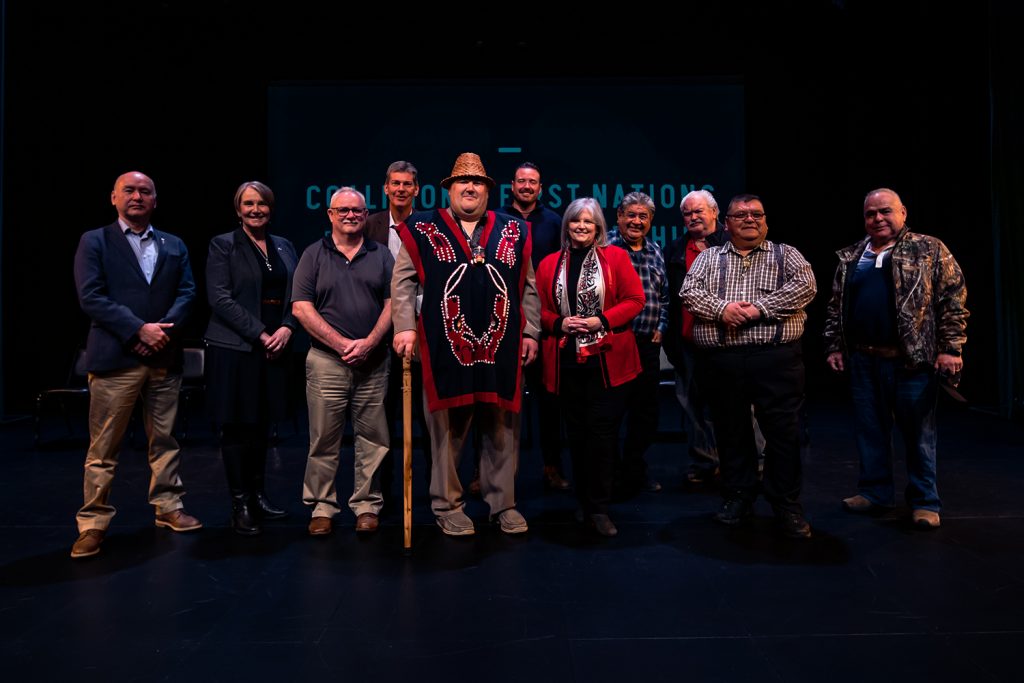
Responsibility
Some First Nations are asserting their right to farm salmon, despite pending government closures
With salmon farm closures imminent, some First Nations are taking action to preserve ocean-based farming and assert Indigenous sovereignty.
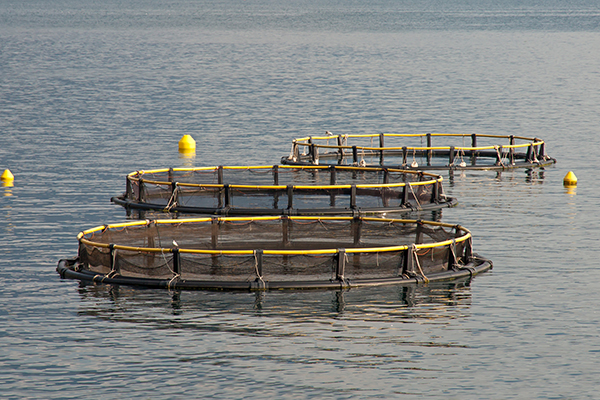
Responsibility
Cermaq Canada and Ahousaht Nation renew five-year salmon farming protocol
Cermaq Canada and Ahousaht First Nation have renewed a five-year protocol to guide salmon farming practices on the west coast of Vancouver Island, British Columbia.
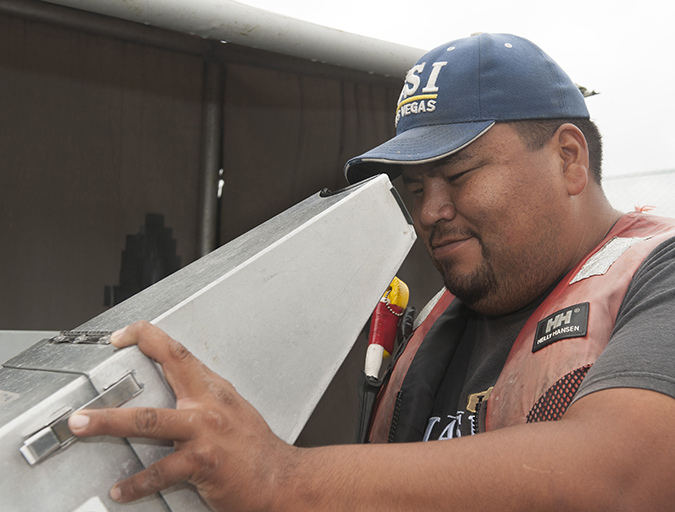
Responsibility
In Canada, salmon farmers building social license with First Nations
After some rocky times, ties between B.C. salmon farmers and First Nations, have improved in recent years. Band members report consistent employment, royalties and improved quality of life. “We need aquaculture around,” says one fishing company owner.

Intelligence
First Nations-led artificial intelligence technology holds promise for salmon recovery
New artificial intelligence monitoring tool is "remarkably adept" at identifying and counting fish species.


